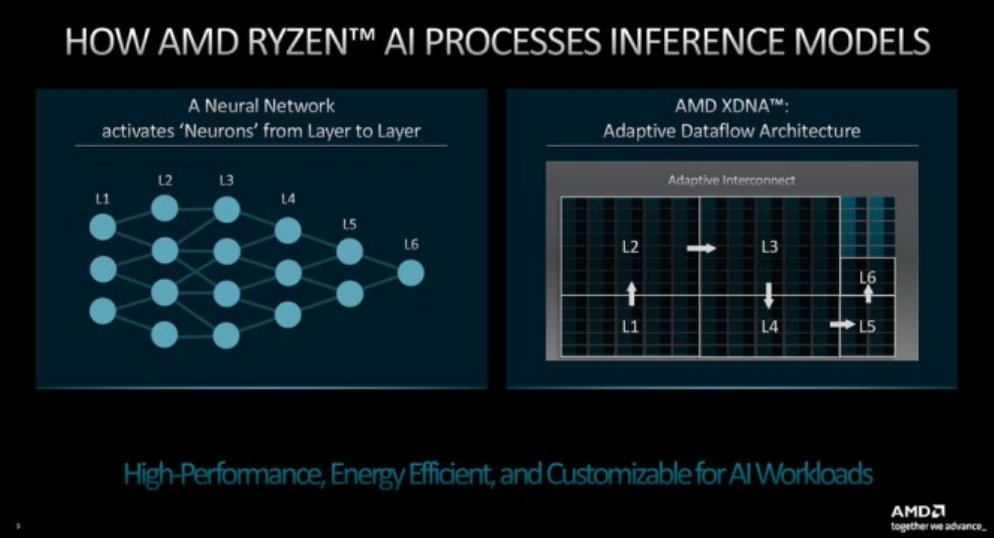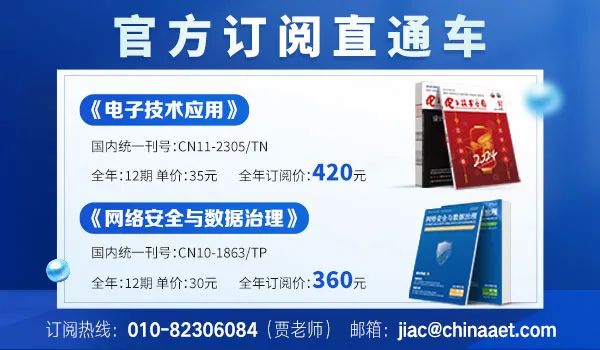What Role Does NPU Play?
Workload Determines Everything
How Does NPU Work?

NPU and Edge Intelligence
Original link: https://www.extremetech.com/computing/what-is-an-npu



What Role Does NPU Play?
Workload Determines Everything
How Does NPU Work?

NPU and Edge Intelligence
Original link: https://www.extremetech.com/computing/what-is-an-npu


